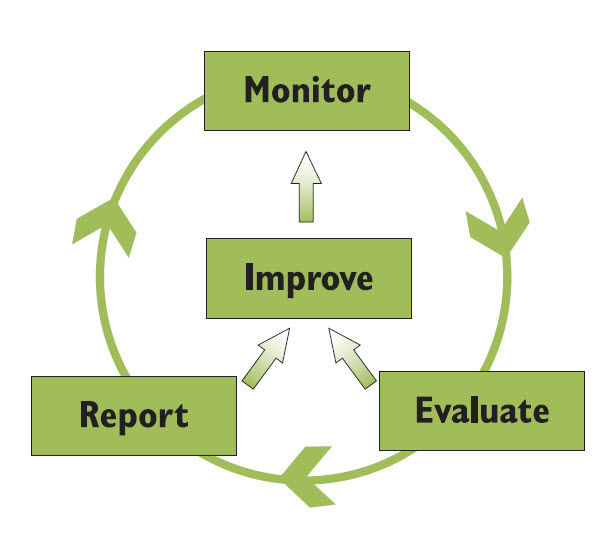Monday, June 26, 2017
This section provides a brief introduction to what M&E is, together with a selection of recommended reading and further links to help you get started.
 Monitoring is the systematic and routine collection of information from projects and programmes for four main purposes:
Monitoring is the systematic and routine collection of information from projects and programmes for four main purposes:- To learn from experiences to improve practices and activities in the future;
- To have internal and external accountability of the resources used and the results obtained;
- To take informed decisions on the future of the initiative;
- To promote empowerment of beneficiaries of the initiative.
Evaluation is assessing, as systematically and objectively as possible, a completed project or programme (or a phase of an ongoing project or programme that has been completed). Evaluations appraise data and information that inform strategic decisions, thus improving the project or programme in the future.
Evaluations should help to draw conclusions about five main aspects of the intervention:
- relevance
- effectiveness
- efficiency
- impact
- sustainability
Monitoring & Evaluation
M&E is an embedded concept and constitutive part of every project or programme design (“must be”). M&E is not an imposed control instrument by the donor or an optional accessory (“nice to have”) of any project or programme. M&E is ideally understood as dialogue on development and its progress between all stakeholders.In general, monitoring is integral to evaluation. During an evaluation, information from previous monitoring processes is used to understand the ways in which the project or programme developed and stimulated change. Monitoring focuses on the measurement of the following aspects of an intervention:
- On quantity and quality of the implemented activities (outputs: What do we do? How do we manage our activities?)
- On processes inherent to a project or programme (outcomes: What were the effects /changes that occurred as a result of your intervention?)
- On processes external to an intervention (impact: Which broader, long-term effects were triggered by the implemented activities in combination with other environmental factors?)
Credit: sportanddev.org
Subscribe to:
Post Comments
(Atom)
Powered by Blogger.
About Me
Search This Blog
Blog Archive
Recent Posts
Top Menu
Artikel Populer
-
This section provides a brief introduction to what M&E is, together with a ...
-
Creative M&E is understood as a participatory approach which combines traditi...
-
Monitoring is the systematic process of collecting, analyzing and using information to track a programme’s progress toward reachi...

0 comments:
Post a Comment